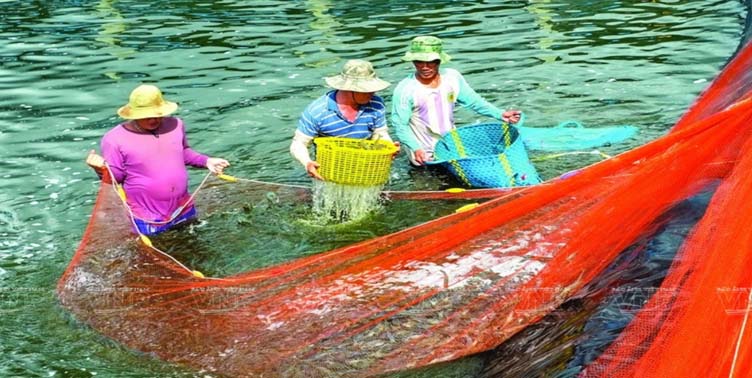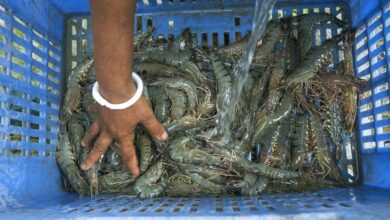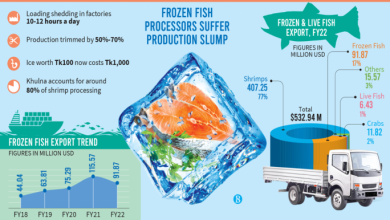
The Vietnamese fisheries sector is deemed as successful for the last two fiscal years, despite the production and operation challenges caused by COVID-19. Yet the shrimp sector faces impending difficulties as excessive inflation has begun to diminish worldwide demand for Vietnamese seafood.
Vietnam’s seafood exports have exceeded USD 10 billion in 2022, a record for the country. However, the country’s seafood executives are concerned about a probable slowdown due to high worldwide inflation and an uncertain Chinese market.
Vietnam exports seafood products to 164 markets, and the sector provides employment for more than 4.5 million people. Despite the severe challenges created by Covid-19, Vietnam’s shrimp exports reached $3.85 billion in 2020, an increase of 15% from 2019, and $3.9 billion in 2021. Vietnam is the EU’s major supplier from the ASEAN area, and the second largest in Asia, behind only China. The United States, the European Union, Japan, China, and South Korea are the leading export markets for Vietnamese shrimp.
As the product quality matches ASC (Aquaculture Stewardship Council) criteria, the price of Vietnamese shrimp is also higher. This provides the country a significant competitive advantage over other exporting nations, such as India and Ecuador. The export price of shrimp has reached about $10,000 per ton, the highest level in the last two years. The majority of shrimp export markets were positive, with exports to the US and EU increasing by 66-82% year-over-year. The markets in China and Hong Kong have shown no signs of improvement, while political concerns of east European nations have had a minimal impact on exports to these nations. But, compared to previous months, the volume of shrimp exports continues to decline.
However, the short and medium-term outlook for Vietnamese seafood exports has given the shrimp sector a bit of anxiety. In the first half of 2022, when demand rebounded from the depths of the Covid-19 epidemic, the industry grew significantly. In November, the value of Vietnam’s seafood exports sank to its lowest level in nine months, reaching USD 788.8 million, according to customs statistics.

Sales to all of Vietnam’s other primary export destinations declined. Sales to South Korea, Thailand, Australia, the U.K., and Canada have dropped USD 76, 28.4, 25.4, 18.6, and 17.6 million (EUR 71.5, 26.7, 23.9, 17.5, and 16.5 million) respectively. This represents 5.6, 8.7, 0.1, 23.3, and 32.1 percent sales of 2022.
In a recent survey of executives from 117 Vietnamese seafood companies conducted by Vietnambiz, 71% of respondents anticipated that 2023 would be more challenging than 2022, with 22% predicting that 2023 will be “extremely challenging” for their business and 7% optimistic about their market prospects in the coming year.
Trương Đình Hòe, general secretary of the Vietnam Association of Seafood Exporters and Producers noted that unpredictable currency rates and strong inflation in some countries had rendered Vietnamese shrimp costlier than shrimp from other countries. Additionally, high inflation diminished domestic consumption, resulting in unsold inventory. The combination of rising pricing and declining sales has resulted in fewer orders from overseas, he added.
Lê Bảo Toàn, finance manager of the Minh Phú – Hậu Giang Seafood JSC stated that his company’s shipments of shrimp to the European Union and the United States had plummeted in recent months. Its unsold inventory increased by 16 percent from January to late September, reaching VNĐ 5.3 trillion. In the meantime, its financial costs increased owing to rising interest rates and fluctuating currency prices.
High inflation resulting in decreased demand and increasing stocks, shifting currency rates, monetary tightening, the possibility of a worldwide economic crisis, and greater competition in the shrimp market topped the list of reasons for gloom.
Jaber Bin Abdul Bari
Dept. of Fisheries and Marine Science, NSTU




